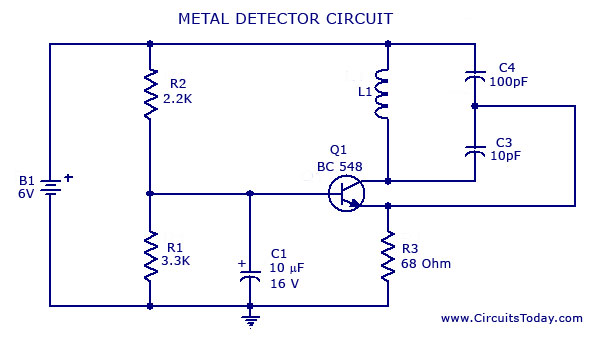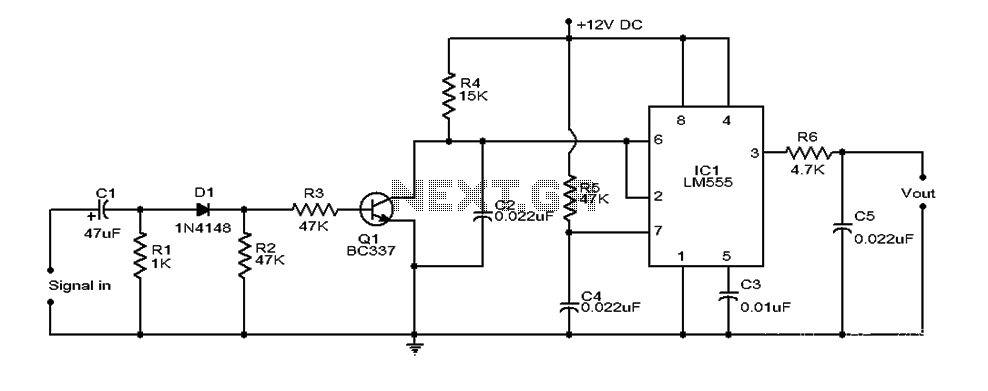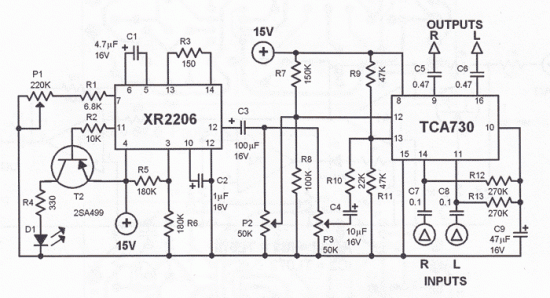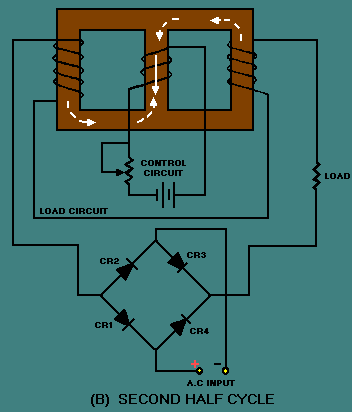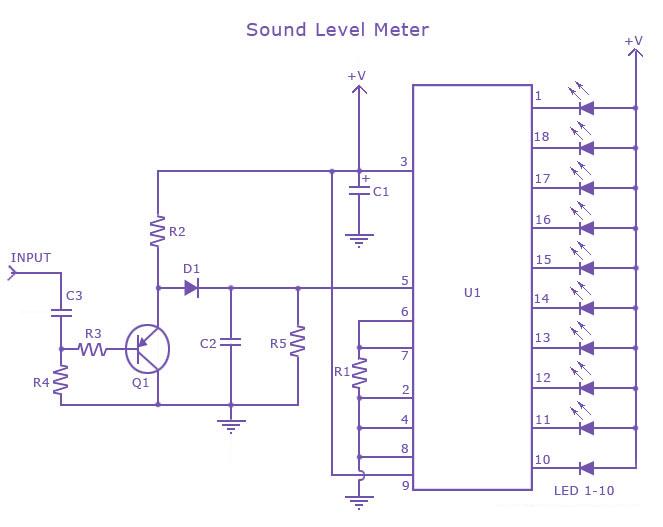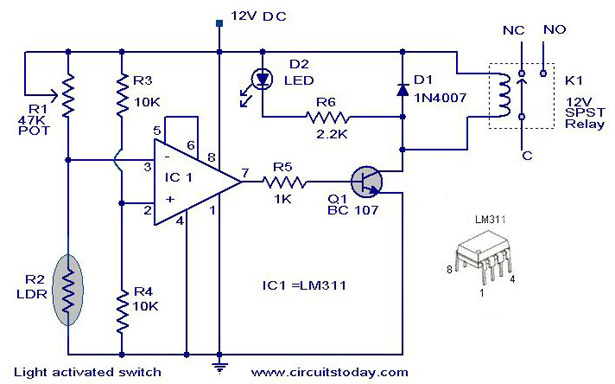
Low Cost Capacitive Touch Switch II circuit schematic with explanation
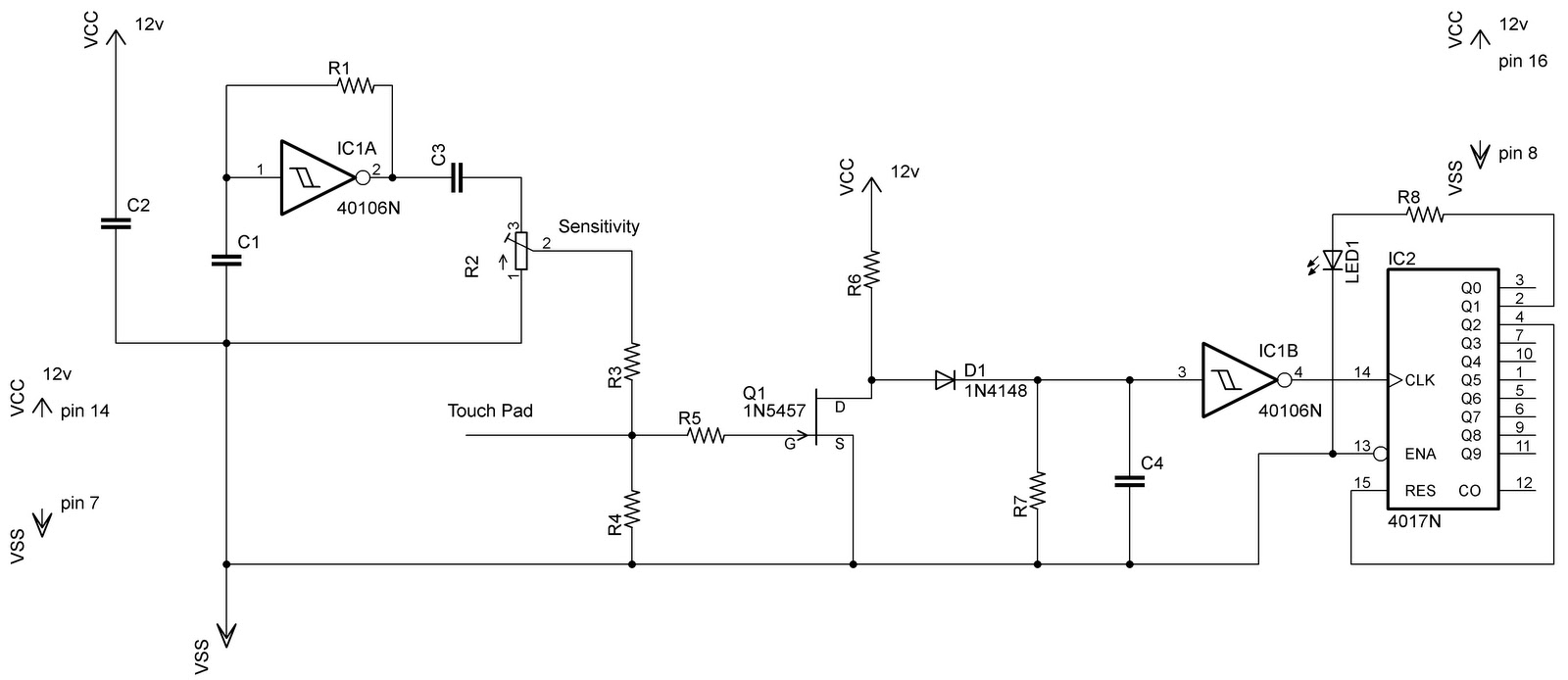
In the previous post regarding a capacitive touch switch, the output was activated only while the touch was maintained. This means that the circuit would drive the load only during the touch, and once the touch was removed, it would cease to drive the load. Although the touch switch circuit can be utilized in various applications, it did not meet the specific requirements. By making slight modifications to the circuit, a touch switch was designed to function like a conventional switch, allowing it to be turned on and off with a touch. This design incorporates the CD4017 decade counter. The output from a CD4016 drives this counter, with the load connected to pin 2 of the counter and the reset connected to pin 4. When the touch plate (a wire in this case) is activated, a pulse is sent to the counter, incrementing its output. As the load is connected to Q1 of the counter, the output becomes high, enabling the load to be driven. To turn off the load, the touch plate must be activated again; this causes the counter to increment once more, reset itself, and set Q0 high. Since the load is not connected to this pin, it will turn off.
The touch switch circuit designed with the CD4017 decade counter provides a versatile solution for applications requiring a touch-activated on/off mechanism. The CD4017 is a popular decade counter IC that counts from 0 to 10 and provides ten outputs (Q0 to Q9). In this configuration, the touch plate serves as the input trigger, sending a pulse to the clock input of the CD4017 every time it is touched.
When the circuit is powered, the CD4017 begins at an initial state of Q0 being high and all other outputs low. The output connected to Q1 is used to drive the load. Upon the first touch of the plate, the CD4017 increments to Q1, turning on the load. A second touch increments the counter again, resetting the output to Q0, which turns off the load. This toggle function effectively allows the user to control the load with a single touch plate, simplifying the user interface.
Additional components may be incorporated into the circuit for enhanced functionality, such as debounce circuitry to prevent false triggering due to noise or unintended touches. A capacitor can be placed in parallel with the touch plate to filter out high-frequency noise, ensuring that only deliberate touches are registered.
Furthermore, the use of a pull-down resistor at the input can help stabilize the input signal when the touch plate is not activated, preventing floating states that might lead to erratic behavior. The circuit can be powered by a standard DC voltage supply, compatible with the operating range of the CD4017, typically between 3V and 15V.
This design not only meets the requirement for a touch-activated switch but also offers a reliable and efficient method for controlling electrical loads in various applications, including lighting systems, appliances, and automated devices.In my previous post of capacitive touch switch, it gives the o/p as long as you touch it. Means it was only drive the load when you touch it, and when you remove your hand/finger then it was not able to drive the load. Tough that touch switch circuit can be used in various apps but does not meet my requirements. So by changing the circuit a little bit i am able to design a touch switch that behave like a normal switch i. e touch to on and touch to off. For this i used CD4017 decade counter. Output of 40106 drives this counter and load is connected to the pin2 of the counter, and reset is to pin4. When you touch the touch plate (wire in my case) a pulse is provided to the counter and it increments its o/p.
So as the load is connected to the Q1 of counter, the o/p is high to drive the load. Similarly if you want to switch off the load and again touch the plate; counter will increment again and reset itself and make Q0 high. As your load is not connected to this pin it will go off. That is all!. 🔗 External reference
The touch switch circuit designed with the CD4017 decade counter provides a versatile solution for applications requiring a touch-activated on/off mechanism. The CD4017 is a popular decade counter IC that counts from 0 to 10 and provides ten outputs (Q0 to Q9). In this configuration, the touch plate serves as the input trigger, sending a pulse to the clock input of the CD4017 every time it is touched.
When the circuit is powered, the CD4017 begins at an initial state of Q0 being high and all other outputs low. The output connected to Q1 is used to drive the load. Upon the first touch of the plate, the CD4017 increments to Q1, turning on the load. A second touch increments the counter again, resetting the output to Q0, which turns off the load. This toggle function effectively allows the user to control the load with a single touch plate, simplifying the user interface.
Additional components may be incorporated into the circuit for enhanced functionality, such as debounce circuitry to prevent false triggering due to noise or unintended touches. A capacitor can be placed in parallel with the touch plate to filter out high-frequency noise, ensuring that only deliberate touches are registered.
Furthermore, the use of a pull-down resistor at the input can help stabilize the input signal when the touch plate is not activated, preventing floating states that might lead to erratic behavior. The circuit can be powered by a standard DC voltage supply, compatible with the operating range of the CD4017, typically between 3V and 15V.
This design not only meets the requirement for a touch-activated switch but also offers a reliable and efficient method for controlling electrical loads in various applications, including lighting systems, appliances, and automated devices.In my previous post of capacitive touch switch, it gives the o/p as long as you touch it. Means it was only drive the load when you touch it, and when you remove your hand/finger then it was not able to drive the load. Tough that touch switch circuit can be used in various apps but does not meet my requirements. So by changing the circuit a little bit i am able to design a touch switch that behave like a normal switch i. e touch to on and touch to off. For this i used CD4017 decade counter. Output of 40106 drives this counter and load is connected to the pin2 of the counter, and reset is to pin4. When you touch the touch plate (wire in my case) a pulse is provided to the counter and it increments its o/p.
So as the load is connected to the Q1 of counter, the o/p is high to drive the load. Similarly if you want to switch off the load and again touch the plate; counter will increment again and reset itself and make Q0 high. As your load is not connected to this pin it will go off. That is all!. 🔗 External reference
